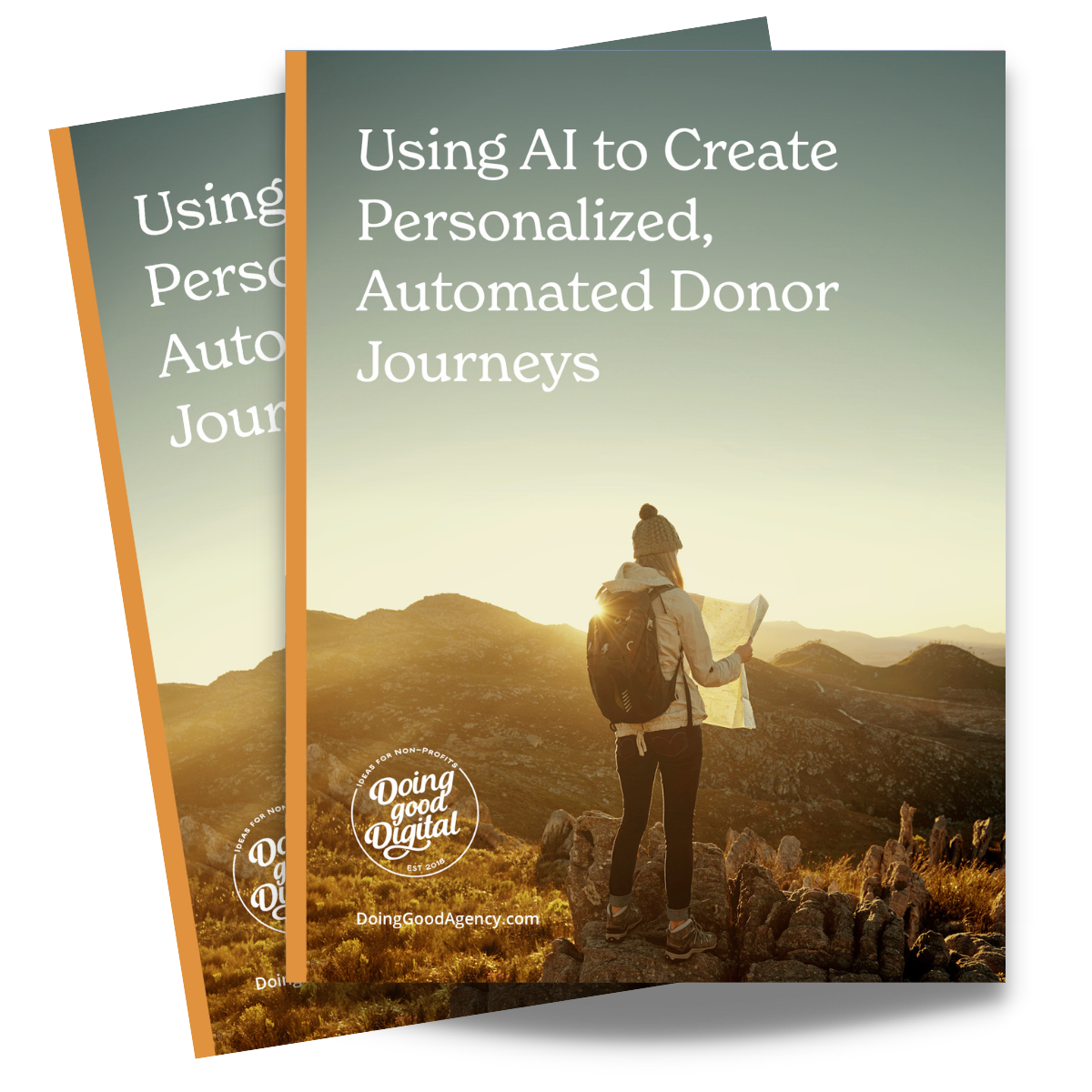Implementing A/B Testing for Optimal Fundraising Results

In the world of nonprofit fundraising, every dollar counts. The success of your campaigns can make a significant impact on your organization’s ability to create positive change. That’s where A/B testing comes in—a powerful tool that can help you optimize your fundraising efforts for maximum impact. In this article, we’ll delve into the world of A/B testing, explore its role in fundraising, and provide you with practical insights on how to implement it effectively.
Data-driven decision-making has become a cornerstone for success for most modern organizations. A/B testing, also known as split testing, is a method that allows organizations to compare two versions of a marketing assets and determine which one performs better. Whether it’s testing different email subject lines, donation page layouts, or social media content, A/B tests provide concrete insights to guide your strategies and boost your fundraising outcomes.
Understanding A/B Testing
A/B tests involve creating two variations—Version A (the control) and Version B (the variant)—and exposing them to your audience. By comparing the performance metrics of each variant, you can identify which version resonates better with your supporters. This method eliminates guesswork and provides empirical evidence to inform your decisions.
The benefits of A/B testing in fundraising are manifold. It allows you to optimize your campaigns based on real data, enhance engagement rates, increase donation conversions, and ultimately, achieve your fundraising goals more effectively.
Why Should I do A/B Testing?
A/B tests transform your fundraising strategy into a data-driven powerhouse. Test results provide insights that guide future decisions. Adapt and optimize your campaigns based on the lessons learned from your A/B tests. Remember, continuous testing and iteration are key to long-term success.
Before You Set up Your A/B Test
Successful A/B tests start with clear objectives and well-defined metrics for success. Identify what you want to achieve with each test—increased donations, higher click-through rates, etc. Create variants that differ in only one aspect, such as changing a call-to-action button’s color or altering the headline text.
Segment your audience randomly to ensure unbiased results. Utilize A/B testing tools and software to streamline the process and gather accurate data.
What Could You Test?
Email Campaigns
Emails remain a vital tool in nonprofit fundraising. With A/B tests, you can experiment with different subject lines to determine which one garners higher open rates. Additionally, you can vary the email content, calls-to-action, or even the sender’s name to understand what resonates best with your audience.
Donation Page
Testing different layouts, designs, and placement of donation buttons can have a significant impact on conversion rates. Furthermore, trying various donation amount suggestions can provide insights into donor behavior.
Social Media
Social media platforms offer a diverse audience. A/B testing your social media content—be it post text, images, or posting times—can help you discover which content gains more traction and engagement.
Best Practices for A/B Testing in Fundraising
- Start with a Hypothesis: Formulate a hypothesis before conducting a test. What do you expect to change, and why?
- Test One Variable at a Time: Isolate variables to pinpoint their impact accurately.
- Segment Your Audience: Ensure test groups are comparable for meaningful results.
- Consider Sample Size and Duration: Large enough sample sizes and reasonable test durations lead to reliable results.
Conclusion
A/B testing is a transformative approach that empowers nonprofits to make informed decisions. It turns guesswork into data-driven strategies and can significantly amplify your fundraising efforts. Embrace the power of A/B testing to enhance engagement, increase conversions, and drive positive change. If you need some guidance, we are here to help!





